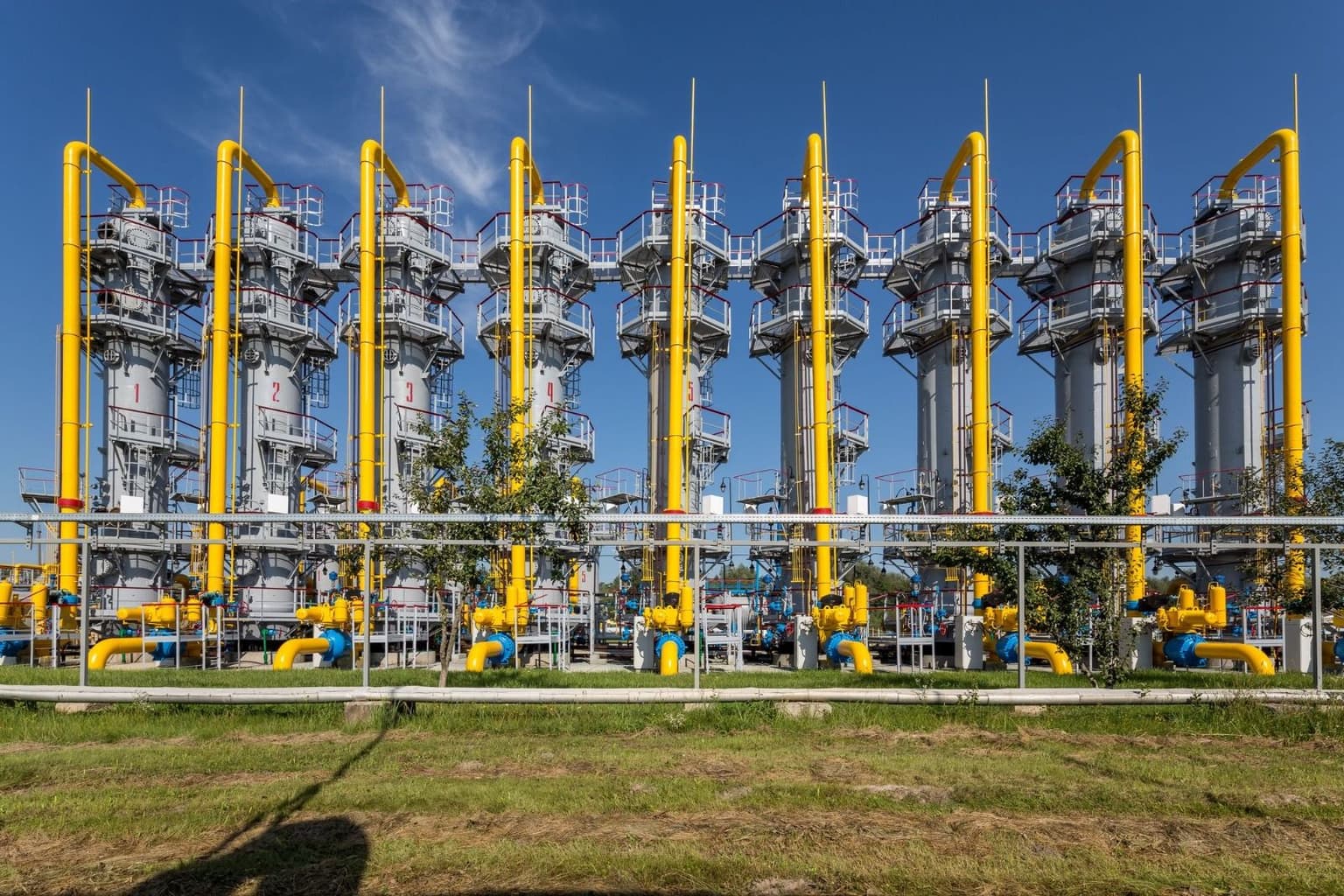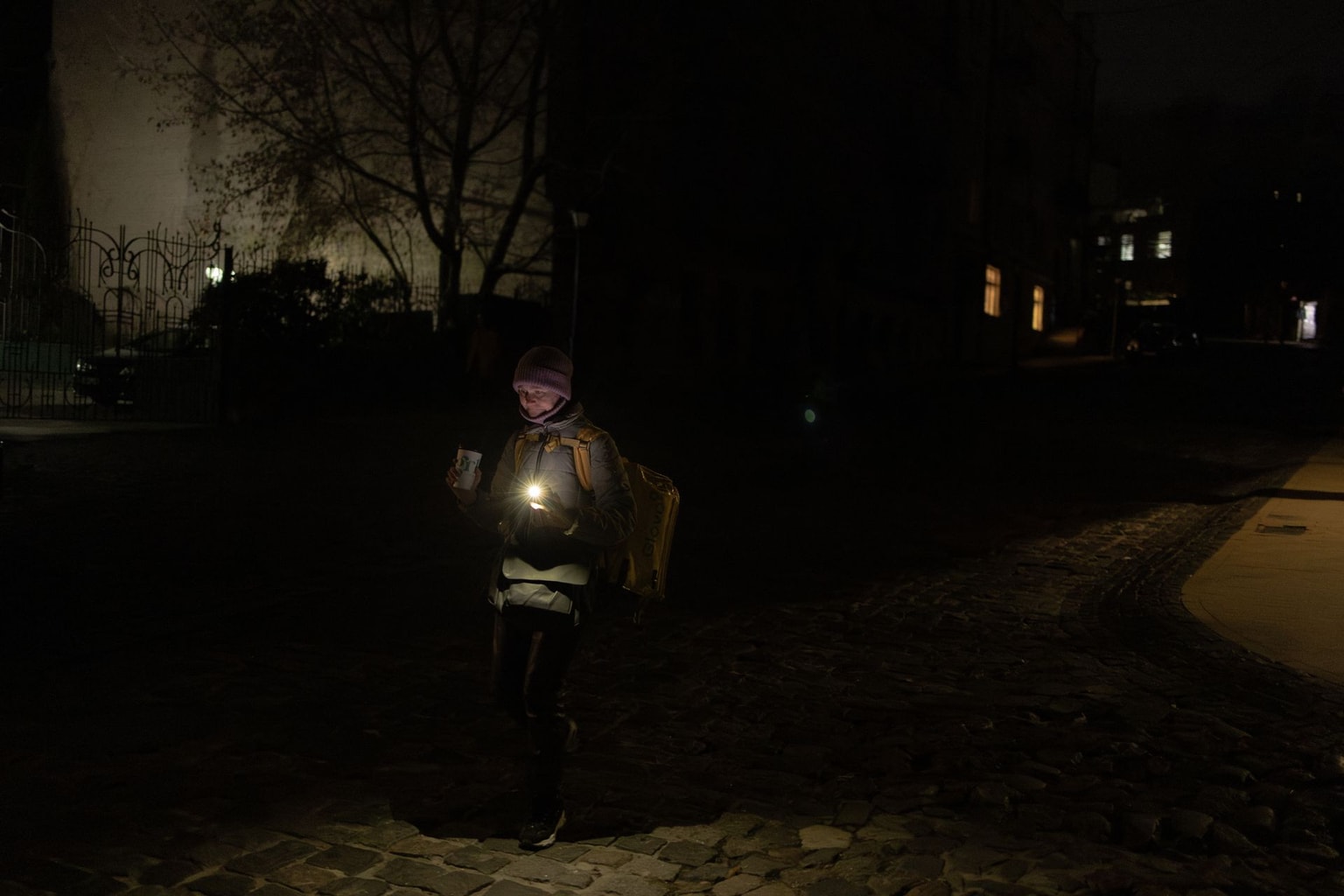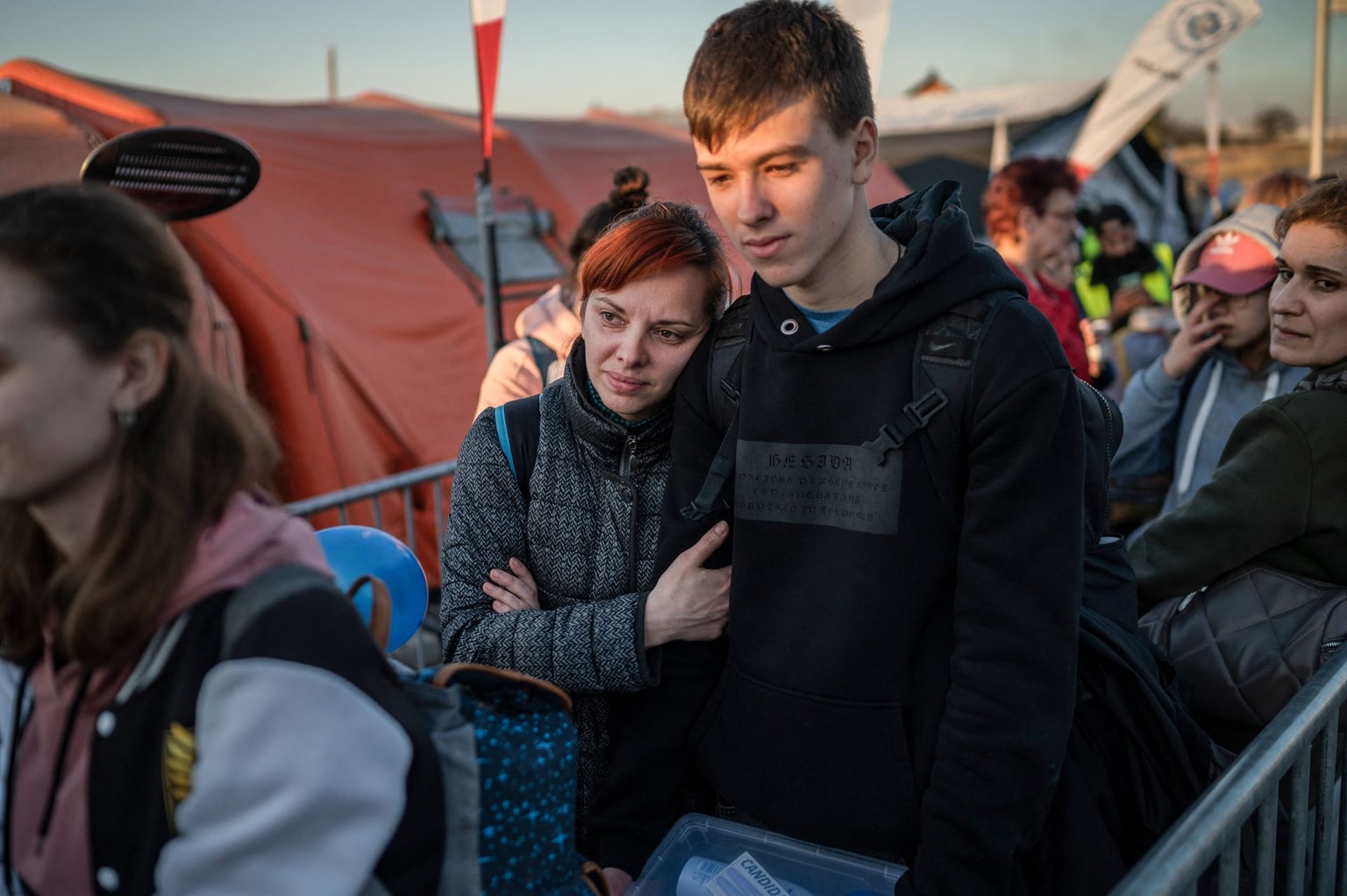Ukraine war latest: Russian strikes reportedly cut over half of Ukraine's gas production ahead of winter

Key developments on Oct. 9:
- Russian strikes reportedly destroy over half of Ukraine's gas output before winter
- Ukraine strikes Russian gas and oil facilities in Volgograd Oblast, military says
- Europe faces 'significant risk' of major war if Russia starts mobilization, Zelensky says
- EU parliament calls for readiness to down of Russian aircraft, drones over member states' territory
- Serbia sends humanitarian aid to Russia’s Kursk Oblast worth around $6 million, Moscow claims
Russian strikes have destroyed more than half of Ukraine's natural gas production capacity ahead of winter, Bloomberg reported on Oct. 9, citing its undisclosed sources.
Ukraine's gas network, which met the country's needs before the full-scale war, has been repeatedly hit by missiles and drones, endangering millions of households that depend on gas for heating in winter.
Russian forces launched one of the largest barrages yet on Oct. 3, firing 35 missiles and 60 drones at gas facilities in Kharkiv and Poltava oblasts, according to state-owned energy company Naftogaz.
The strikes destroyed around 60% of Ukraine's gas production, Bloomberg's sources said. Naftogaz called the attack "the most massive" assault on gas infrastructure since the war began.
Ukraine's largest private energy firm, DTEK, said it was forced to halt operations at its Poltava facilities following the strikes. Two days later, Russia launched another attack targeting infrastructure critical for residential heating, causing further destruction, Naftogaz said.
The strikes show Moscow's strategy of targeting energy infrastructure to weaken civilian morale. Since 2022, Russia has repeatedly aimed to disrupt Ukraine's heating and power systems with attacks.
According to Bloomberg, Kyiv appealed to its G7 partners for urgent equipment to repair damaged facilities and reiterated its requests for additional air defense systems to protect energy infrastructure.
Ukraine strikes Russian gas and oil facilities in Volgograd Oblast, military says
Ukrainian forces struck a Russian gas plant and an oil pipeline station in Russia's Volgograd Oblast overnight on Oct. 9, Ukraine's General Staff reported.
Explosions and fires were reported at both the Korobkovsky Gas Processing Plant in Kotovo and the Yefimovka Linear-Production Dispatch Station, the military said.
The news comes as Ukraine escalates strikes against Russian energy facilities, aiming to undermine Moscow's state revenues fueling its all-out invasion.
The latest strikes were reportedly carried out by Ukraine's Special Operations Forces.
The Telegram channel Astra previously reported a fire at the Lukoil gas plant in Kotovo following a drone attack. Volgograd Governor Andrei Bocharov said that "fires at fuel and energy facilities" were being addressed after attacks in the region.
The extent of damage is being determined, the Ukrainian military said in a statement.
The Kotovo gas plant is one of the largest facilities of its kind in southern Russia. It has a capacity of 450 million cubic meters of natural and associated gas per year, as well as 186,000 tons of a wide light hydrocarbon fraction annually.
The plant, which began operations in September 1966, plays a key role in the region's energy infrastructure.
"This facility is critical for Russia's oil and gas infrastructure: it provides processing and transportation of gas condensate, as well as the production of raw materials for the chemical industry," said Andrii Kovalenko, head of Ukraine's Center for Countering Disinformation.
Satellite images from NASA's Fire Information for Resource Management System (FIRMS) confirmed a fire at the gas processing plant.
Europe faces 'significant risk' of major war if Russia starts mobilization, Zelensky says
If Russian President Vladimir Putin launches a new mobilization in Russia, it could pose a grave threat to Europe and spark a world war, President Volodymyr Zelensky said on Oct. 8.
The president's warning comes as Russia steps up provocations against NATO countries, including a surge of mysterious drone sightings across Europe that have raised fears of hybrid warfare.
"Wherever there is quick success, that is where (Putin) will go if there is mobilization," Zelensky said during a meeting with journalists. "There is a significant risk that Putin will actually go to a world war."
According to the Ukrainian president, the danger stems from Putin's political need to demonstrate "success" after almost four years of Russia's full-scale war against Ukraine.
"Mobilization means a definite loss of popularity for the Russian leader. That is the only reason he has not done it," he said. "If there is mobilization, it will be a challenge to Europe. He will start a major war."
Russia's mobilization in 2022 — the first since World War II — followed military setbacks on the front lines and triggered mass protests and emigration, with more than 261,000 Russians fleeing.
While the Kremlin later declared mobilization "completed," no presidential decree officially ended it.
Instead of launching another draft campaign, Moscow has depended on financial incentives and recruitment campaigns, offering lucrative contracts to volunteers willing to serve in the army.
"Believe me, they definitely didn't want to pay big money for contracts. Such big money as they have been paying all these years. Imagine the price of protecting his personal rating," Zelensky said.
EU parliament calls for readiness to down of Russian aircraft, drones over member states' territory
The European Parliament on Oct. 9 adopted a resolution condemning Russia's ongoing "escalatory actions," calling for tougher responses to violations of EU airspace, including shooting down unauthorized drones and aircraft.
The announcement comes amid heightened concerns across Europe over the presence of unauthorized drones near critical infrastructure, particularly in the wake of increased geopolitical tensions and frequent airspace violations involving Russia.
The resolution passed with 469 votes in favor, 97 against, and 38 abstentions, according to an official statement on the parliament's website.
Lawmakers placed full responsibility on Russia for recent airspace violations involving EU and NATO members, particularly Poland, Estonia, Latvia, Lithuania, and Romania.
The resolution also denounced unauthorized drone incursions over critical infrastructure in Denmark, Sweden, and Norway, and accused Russia of engaging in sabotage and hybrid warfare that amounts to "state terrorism."
The parliament called for coordinated defense measures, enhanced military cooperation with Ukraine, especially in drone technology and countermeasures, and stricter sanctions. It also urged the EU to impose additional restrictions on third countries aiding Russia's war efforts, specifically citing China's role in supplying dual-use goods.
MEPs voiced support for the proposed "drone wall" along the EU's eastern border and backed initiatives aimed at bolstering surveillance and defense capabilities on the eastern flank.
"Encouraging any initiative which enables the EU and its member states to take 'coordinated, united and proportionate action against all violations of their airspace, including shooting down airborne threats,' MEPs welcome the concept of an EU drone wall and the Eastern Flank Watch initiatives," the resolution stated.
The parliament also reiterated its support for establishing a European Defense Union and called for closer civil-military coordination in protecting EU airspace.
Serbia sends humanitarian aid to Russia’s Kursk Oblast worth around $6 million, Moscow claims
Serbia provided financial humanitarian aid worth 472 million rubles ($5.8 million) to Russia's war-affected Kursk Oblast, Russia's Foreign Ministry said on Oct. 9.
While Moscow framed the assistance as "centuries-old brotherhood" and praised "the close ties between our countries and peoples," the move underscores Serbia's ongoing balancing act between its EU aspirations and longstanding ties with Russia.
Ukraine launched the unprecedented offensive into the Russian border in August 2024, taking Russia by surprise and seizing 1,300 square kilometers (500 square miles) in the first few months.
The operation was designed to divert Russian troops from the front in eastern Ukraine and to disrupt Russia's alleged plans to invade Sumy Oblast, a northeastern region bordering Kursk Oblast.
Bolstered by 12,000 North Korean troops, Russia counterattacked this spring, regaining most of the lost territory and advancing into border areas of Sumy Oblast.
According to Ukraine's Commander-in-Chief Oleksandr Syrskyi, Russia has suffered 80,000 soldierskilled and injured during the Kursk operation as of July 2025.
Russia also continues to use Kursk Oblast to launch regular drone attacks on Ukrainian cities.
The Serbian funds were transferred to the Kursk Oblast Development Fund on Oct. 8, the foreign ministry said.
Belgrade has yet to comment on the statement.
Note from the author:
Ukraine War Latest is put together by the Kyiv Independent news desk team, who keep you informed 24 hours a day, seven days a week. If you value our work and want to ensure we have the resources to continue, join the Kyiv Independent community.












